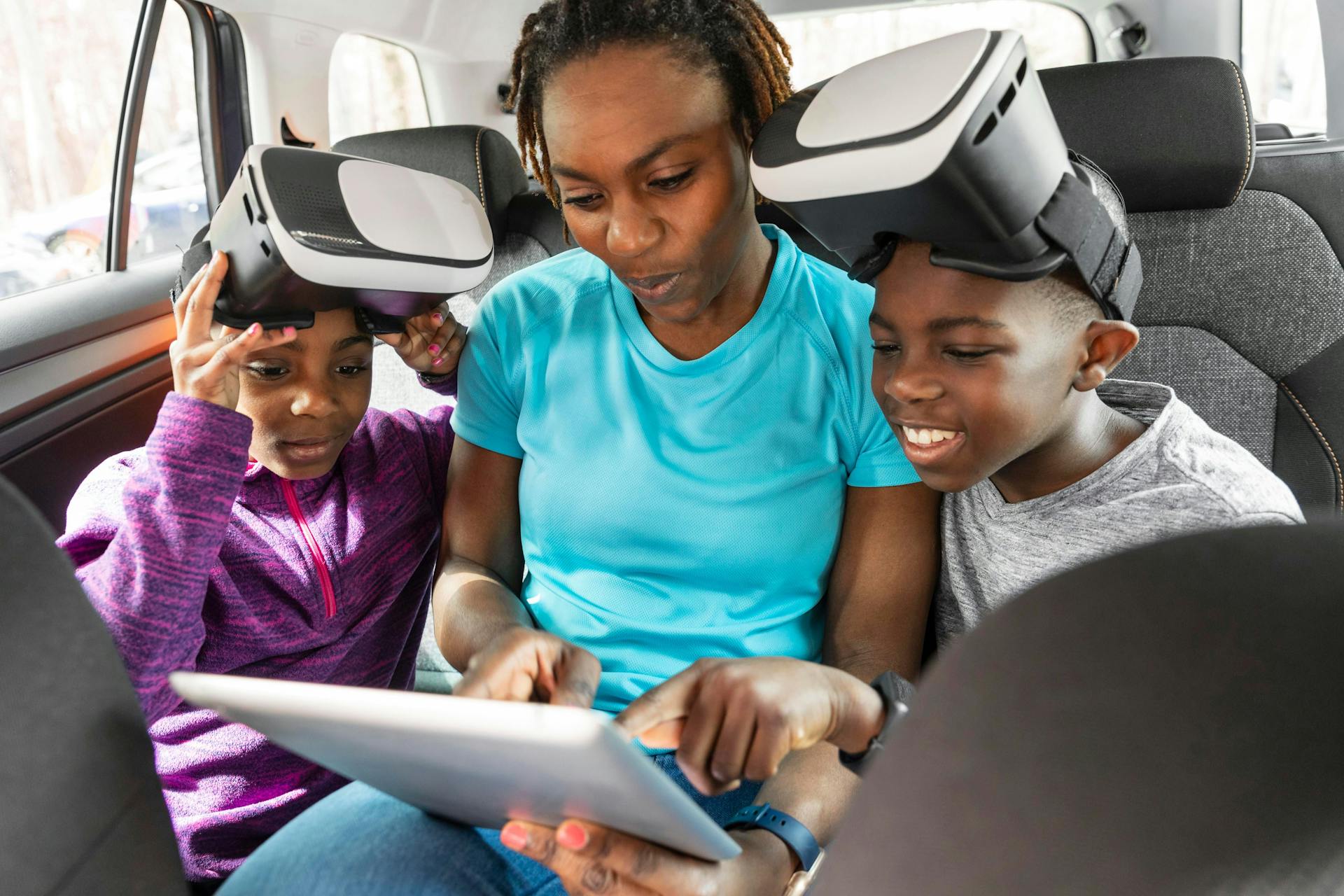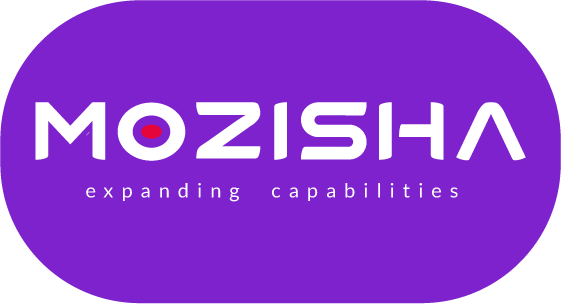Rethinking African Education: Lessons from David Woolman’s Work on Curriculum Development
Dede Israel

Without looking back: it is difficult to critically examine an education structure influenced by colonization. One that does not serve Africans, causing inequities and learning inequalities. However, there is hope.
The need for drastic change in the African system has never been more urgent. Education in Africa faces an existential crisis, despite the recent expansion in school enrolments, as most of the education and training programs suffer from low-quality teaching and learning, inequalities, and exclusion at all levels.
Africa’s education system was already limping and fragile before the pandemic; the subsequent recovery has exposed deep and worsening inequalities not just in education and technological know-how but in access to basic education by its population.
Why and how should education in Africa change? David C. Woolman's work, "Educational Reconstruction and Post-Colonial Curriculum Development: A Comparative Study of Four African Countries,” answers this question.
In his work, Woolman highlights that ever since gaining independence, many African countries have prioritized national development, Africanisation, national unity, and economic growth through education policies. However, the challenges of poverty and extreme social diversity have presented obstacles to successful social reconstruction efforts.According to Woolman, when we talk about inequality in education, we mean how Western education contrasts sharply with traditional African education. In most cases, formal education in Africa imitates a Western-type class structure, with greater inequalities than in industrial societies.
Thus, there is a long-standing problem: although these policies have attempted to reflect African traditional learning. For instance, Woolman states that Mozambique's education laws of 1983 and 1992 removed most of the Marxist-Leninist theory without altering the basic structure of the school system.
In Mali, one such policy aimed to provide high-quality mass education, equal educational opportunities, and rapid training of workers for production. It also aimed to de-colonize the minds of people alienated from their culture.
While in Kenya, a policy emerged to emphasize universal education and equal opportunities for all and focus on national development, unity, and individual service to the nation. However, the high-level reform effort, the Koech Commission, recommended reorganizing content and reducing subjects due to student overload, which was dismissed as "unrealistic" by President Moi in 2000.
Nigeria did not begin to construct a national education policy until ten years after independence. Its policy framework is a federal union in which each of the 36 states controls primary and secondary education. In the 1980s, two policy initiatives were significant: restructuring the secondary education system to include a three-year Junior Secondary plus a three-year Senior Secondary system and abolishing the primary school Form 6 leaving examination.
Language barriers and access to universal basic education
In 2022, UNESCO's International Institute for Educational Planning in Dakar (IIEP-UNESCO Dakar) identified 5 key gaps in African education. These gaps include equitable and universal access to education, financing, demographic transitions, addressing the learning crisis, and youth employment.
Similarly, Woolman's work shows that the language barriers in African countries as one of the gaps identified by UNESCO: achieving equitable and universal access to education. For example, he cites that in Mozambique, Mali, and Kenya, there are 20 different Bantu languages spoken, while English is the official language for formal education. Nigeria has 394 spoken languages and uses English as its official language. Although 270 Nigerian languages currently qualify as instructional languages for early primary classrooms.
There is still a need for more linguistic diversity in African education. African education systems need a restructure that calls for greater inclusivity, and a better sense of indigenous instruction. For instance, in countries such as Ethiopia, Nigeria, and Zambia, over half of in-school students are not learning basic skills by the end of primary school.
Furthermore, the Africa Learning Barometer reveals that children enrolled in schools are not learning in several African countries. Seven countries have 40 percent or more of children who do not meet a minimum standard of learning by grades 4 or 5. The IIEP-UNESCO Dakar report also states that Sub-Saharan Africa is home to a third of children and adolescents who cannot read properly.
According to a UNESCO report, "If current trends continue, 202 million children and adolescents will be affected by this initial learning handicap."
This further strengthens the idea that language barriers hinder equitable access to universal education as proposed by the Sustainable Development Goals of the 2030 Agenda.
Restructuring the African Curriculum and Investment in Ed-Tech
African traditional education system has limitations. However , Ed-Tech, the technological innovation that makes education accessible and enjoyable for everyone involved, is one strategy to enhance the education system beyond the traditional curriculum.
With substantial inequities in the education sector unmasked by the pandemic, EdTech companies like ULesson in Nigeria are filling this gap. They provide online and offline resources, making quality education accessible from anywhere. This increased accessibility through EdTech is shaping a more effective learning experience for Africans.
Also, there is an urgent need for more technology created by and for Africans, but this can only be made possible through investment in educational technologies.
Investments in educational technology and digital literacy programs can offer more to the African continent. By prioritizing these areas, Africa can move away from their dependence on foreign technology, which limits digital literacy and hinders growth. To bridge this gap, Africa must invest in EdTech, which is crucial for promoting a paradigm shift in traditional learning. Not only does it showcase positive impacts on economic productivity and development, but it also encourages further investment.
The paradigm shift from traditional learning to EdTech must empower African talents to acquire the necessary 21st-century knowledge and skills to become indigenous innovators. This shift should contribute to local and novel ways of doing old things unique to the African context.
For instance, with investment, Ed-Tech companies like Mozisha can list subjects and courses in select African indigenous languages on their e-learning platforms, including STEM (Science, Technology, Engineering, and Mathematics). STEM is an integrated approach to learning and development that combines science, technology, engineering, and mathematics.
When we restructure our education curriculum to teach STEM through African languages as the medium of formal education instruction, African youth would likely be more interested in learning and developing key skills, including problem-solving and creativity.
In conclusion, by investing in Ed-Tech, African countries can effectively prepare and equip the African youth – the backbone of economic development with the tools they need to become not just consumers, but indigenous creators.

